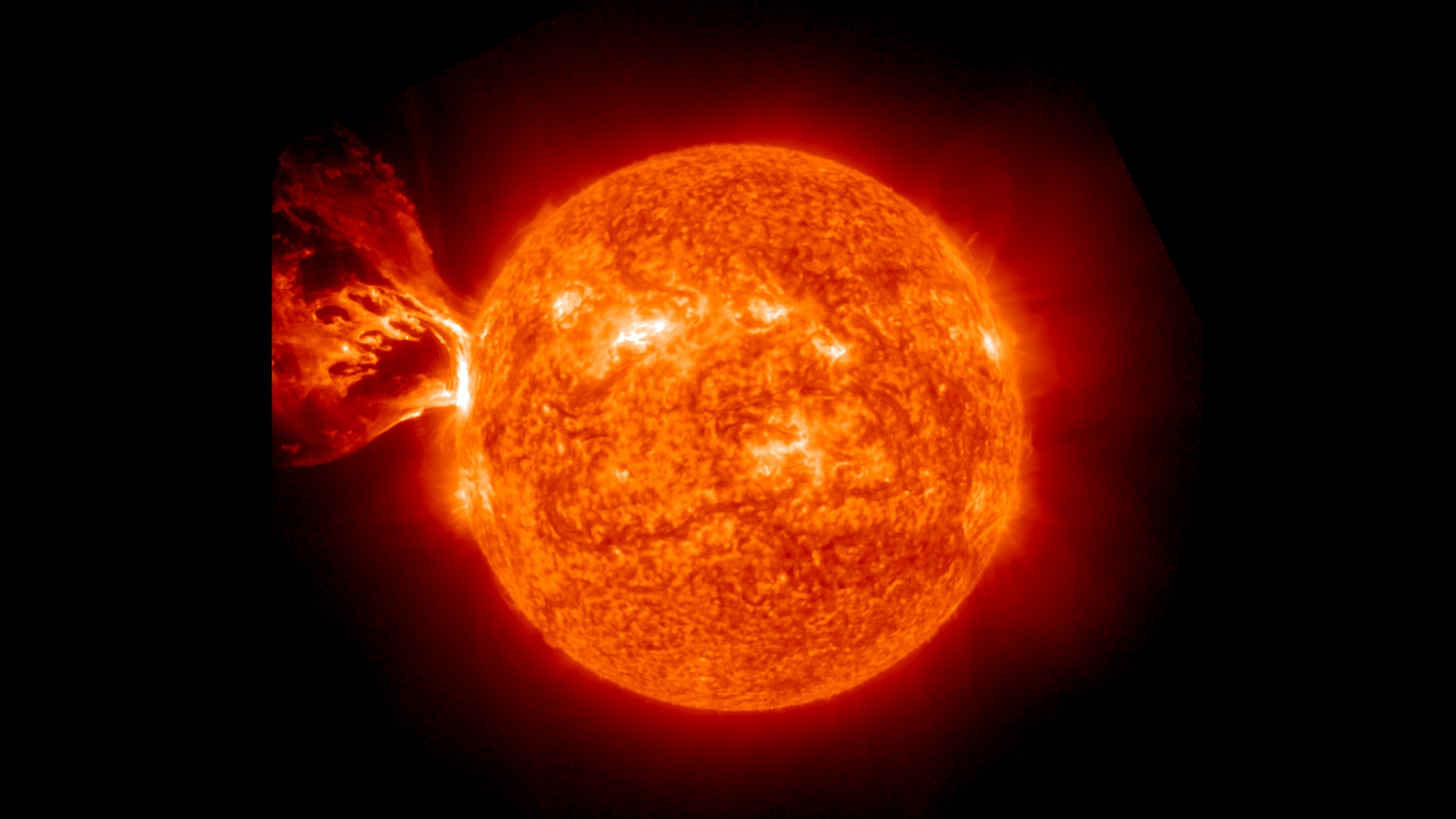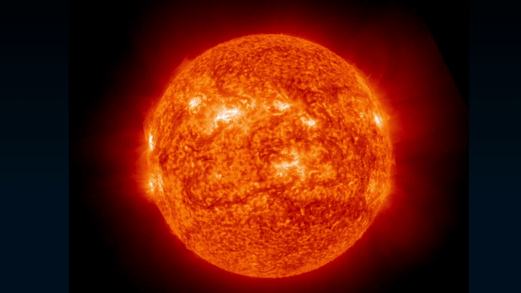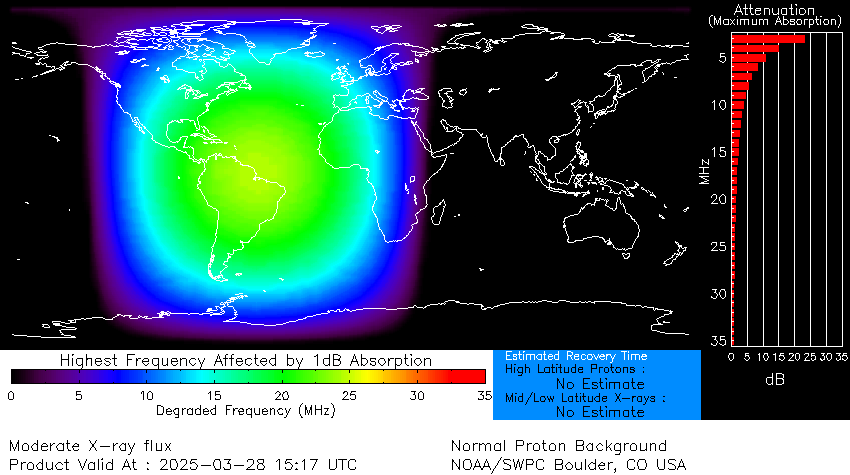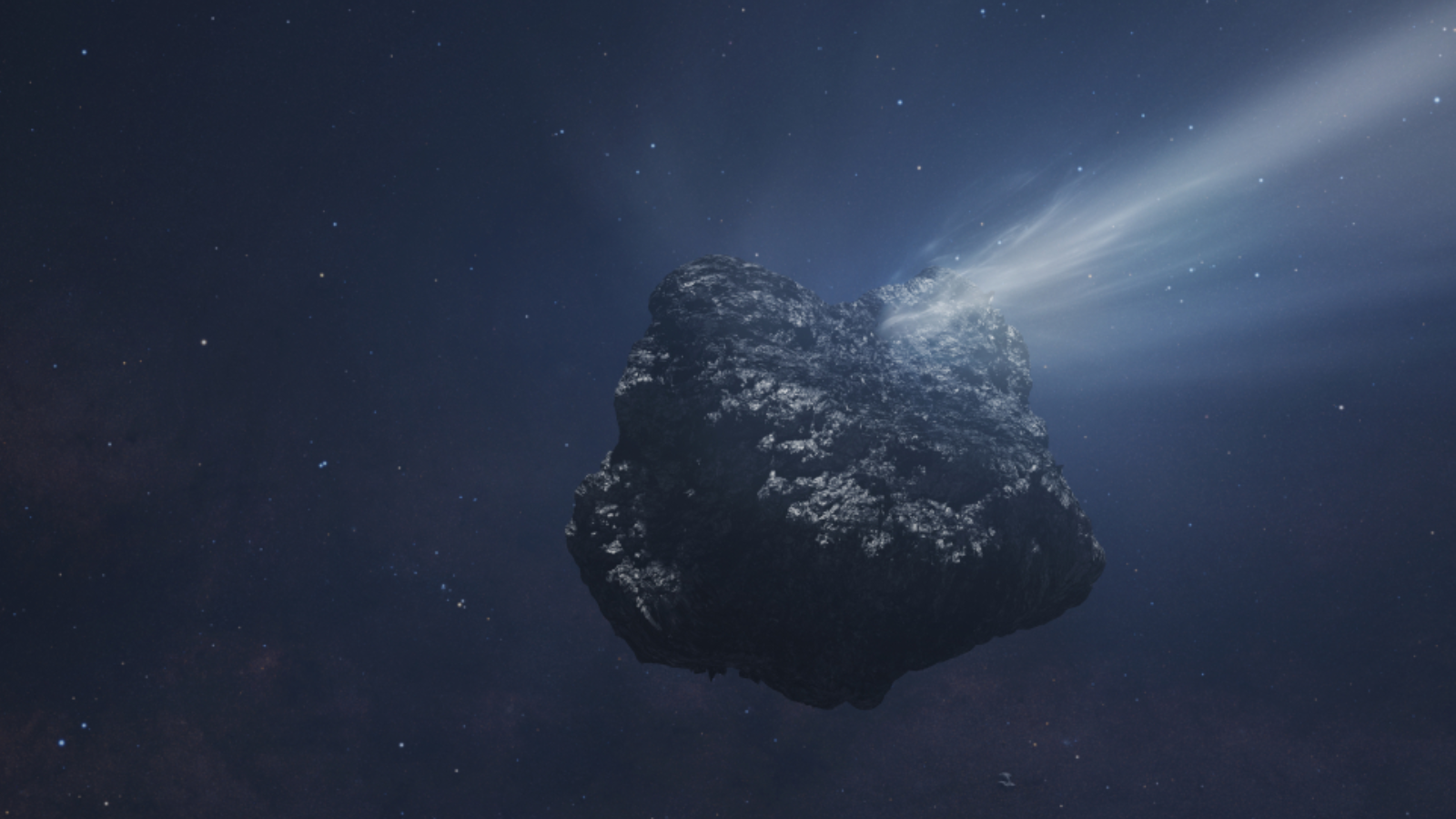Surprise X-class solar flare from emerging sunspot triggers radio blackouts across the Americas
"Further strong activity is likely!"

The sun has somewhat surprised forecasters today with a dramatic X-class solar flare from a newly emerging sunspot region.
The intense solar flare originated from sunspot region AR4046 and was accompanied by a spectacular filament eruption and coronal mass ejection (CME) — an expulsion of plasma and magnetic field from the sun.
When CMEs (also known as solar storms) hit Earth's magnetosphere they can trigger active geomagnetic storm conditions resulting in impressive auroras. However, the CME in this event is unlikely to impact Earth due to the current location of the sunspot region. "The CME that followed may not be Earth-directed; the region was too close to the east limb," solar physicist Halo CME wrote in a post on X.
Space weather forecasters and aurora chasers are keeping a close eye on AR4046 as it crackles with solar activity.
"The flare source region will rotate to face Earth in the coming week. Further strong solar activity is likely!" solar astrophysicist Ryan French wrote in a post on X.
BOOM! What a beautiful #SolarFlare (just now). This eruptive event reached the X-class level, and produced this stunning coronal mass ejection. The flare source region will rotate to face Earth in the coming week. Further strong solar activity is likely! #spaceweather pic.twitter.com/zmJypSI3nfMarch 28, 2025
The region will rotate to face Earth next week, and any coronal mass ejection (CME) released at that time will be more likely to impact our planet, potentially triggering geomagnetic storms and dazzling auroras.

What are solar flares?
Solar flares release powerful bursts of electromagnetic radiation and are classified into five categories: A, B, C, M, and X. Each level represents a tenfold increase in intensity. A-class flares are the weakest and have little effect on Earth, while X-class flares are the strongest, capable of disrupting satellites and causing radio blackouts.
Breaking space news, the latest updates on rocket launches, skywatching events and more!
Within each category, a numerical rating (e.g., X1, X2, X10) further defines the flare's strength. The recent X-class solar flare clocked in at X1.1, placing it at the lower end of the X-class category.
Radio blackouts

After an X-class solar flare erupted, shortwave radio blackouts were detected across the Americas — the sunlit side of Earth at the time. These disruptions, common during intense solar activity, occur when the flare releases X-rays and extreme ultraviolet radiation into space.
Traveling at the speed of light, this radiation reaches Earth almost instantly, ionizing the upper atmosphere. The increased ionization alters atmospheric density, impacting high-frequency shortwave radio signals used for long-distance communication. As these signals pass through the charged layers, energy loss from collisions with electrons can weaken or even fully absorb transmissions, leading to radio blackouts.
Join our Space Forums to keep talking space on the latest missions, night sky and more! And if you have a news tip, correction or comment, let us know at: community@space.com.

Daisy Dobrijevic joined Space.com in February 2022 having previously worked for our sister publication All About Space magazine as a staff writer. Before joining us, Daisy completed an editorial internship with the BBC Sky at Night Magazine and worked at the National Space Centre in Leicester, U.K., where she enjoyed communicating space science to the public. In 2021, Daisy completed a PhD in plant physiology and also holds a Master's in Environmental Science, she is currently based in Nottingham, U.K. Daisy is passionate about all things space, with a penchant for solar activity and space weather. She has a strong interest in astrotourism and loves nothing more than a good northern lights chase!
You must confirm your public display name before commenting
Please logout and then login again, you will then be prompted to enter your display name.
